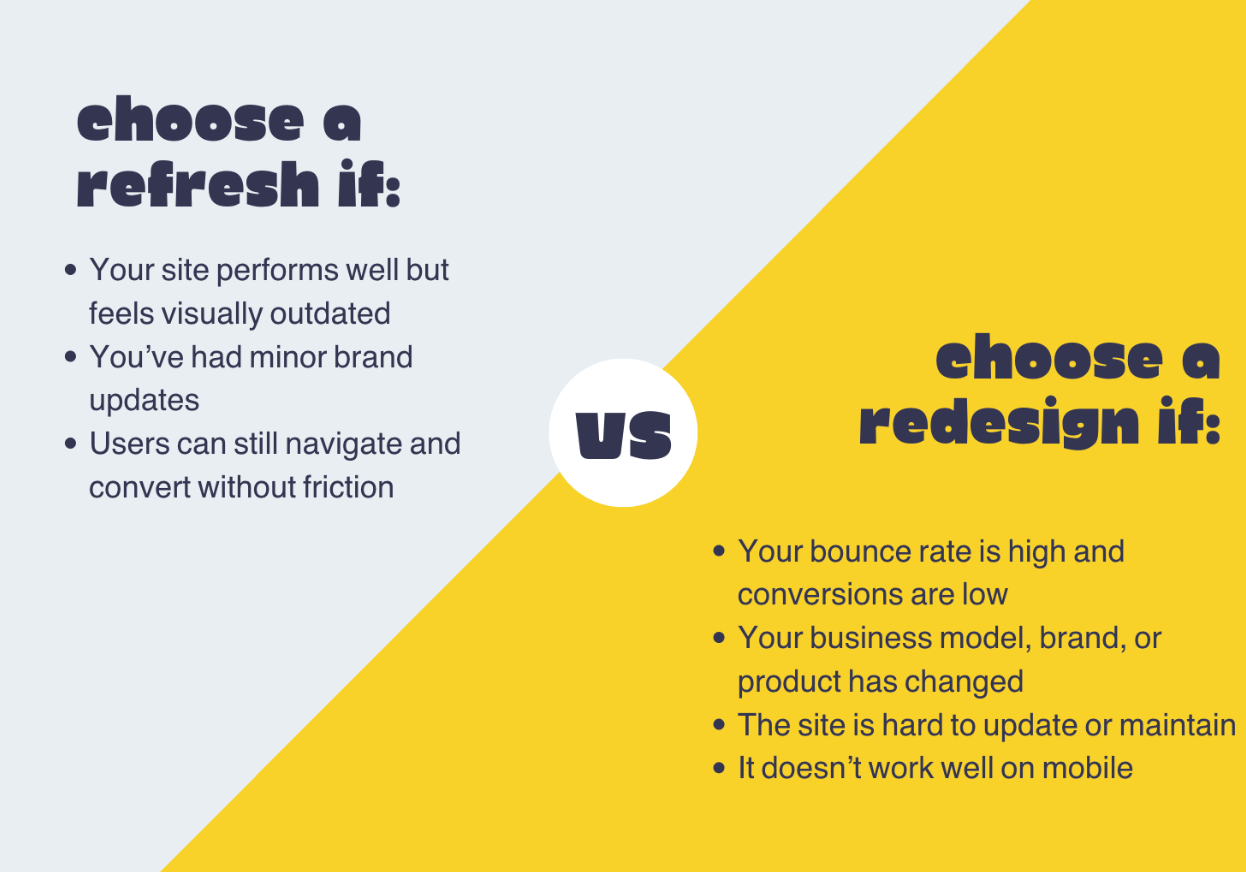How To Create A Team For Your Small Business
Is your small business comprised of a small team? If not, now is your opportunity to plan for new employees to help you stay ahead.
You’ll need to consider where potential areas of growth are and how establishing new positions can lead to a more proactive business plan. With these changes, you’ll need to prepare yourself for interviewing, onboarding, and taking on the role of a manager.
This course of action will prepare you to confidently pursue the growth you’re seeking in your business.
Define The Role
Being a business owner, you can’t expect yourself to fill every role in your business. As your business grows you’ll need to create positions filled by people you can trust to help carry out your business plan. The first step in this process is evaluating your current team’s roles. From there, you’ll be able to establish where new positions are needed.
When you open a new position, you’ll need to ensure that your business plan and job description clearly define where the position will fit into your business. Look at where your current resources are focused and create roles that will solve the problems you’re seeking to change within your company. This stage will be the base for establishing a clear organizational structure you can rely on when finding the right candidate for the role.
Write a thorough job description and research where the appropriate place to advertise your posting should be. When creating your job post, you’ll need to include any certifications or experience required to fill the role. Not only will this be helpful to refer back to when you consider potential candidates, but it’ll give job seekers an understanding of your expectations and the qualifications you’re seeking. A detailed post will keep employee retention rates high and set a standard for when further development is needed. When finding the best place to list your opening, you should focus on looking at job listing sites that will reach the desired audience you’re trying to attract. The goal is to bring in candidates that share the same values your business represents and who will add value to the current team.
Create a timeline for when you’ll need the position to be filled and factor in the time required to review applications. Keep your post consistent across all platforms as you don’t want to confuse potential applicants about the role. You’ll fall behind in the application review process if you add your listing on too many sites, so be sure to stay attentive when you receive a new application and keep in mind the level of job seekers you’ll be reaching when you choose sites for the listing. To attract more applicants, make sure to include an application close date with a targeted hire date as well, so they know what to expect should their application make it through the next step in the hiring process.
Decision Time
Now that you’ve listed your post, the hard work begins! You’ll want to pick applicants that stand out to you as someone who can work at the standards you laid out in your job listing.
These steps in the hiring process will help guide you in your decision-making:
- Selection
It may seem beneficial or fair to give everyone who applied an interview, but that will take up time you and your applicants don’t have. Look at experience, credentials, and skill level when choosing who should move to the next stage of the hiring process. Familiarize yourself with each candidate before jumping into the interview by being thorough when reading submitted applications. Acknowledging details will show applicants you took the time to understand who they are and that you appreciate the time it took to fill out the application. Plus, it’ll save everyone’s time from asking questions in the interview that are already available in their résumé or application.
- Interview
If your job listing takes off and you’re able to secure a high number of applicants, try to identify the most efficient and practical ways to conduct each interview. Consider the approach you want to take at this level by deciding whether to conduct an in-person interview or a virtual interview . The type of interview you want to pursue can help you plan your time management. Regardless of which style you choose, it’s best to remain personal, interested, and natural to ease the anxiety applicants can feel while being interviewed.
- Questions
Ask detailed questions! You can gauge where applicants will fit into your business by generating a list of questions that foster transparent answers. Include leading questions that will allow applicants to give thoughtful answers on a deeper level. These questions will give you a stronger understanding of who they are as a person, as well as an employee. Be prepared to give open and honest answers to any questions the candidate may ask regarding you or your business in return. Their decision to be a part of your team is just as important as your decision to hire them, and they’re allowed to interview you as much as you interview them!
Become A Manager
You’ve chosen your candidate, grown your team, and now, have become a manager. As you step into this new role, including an onboarding process will help keep the transition smooth and is essential to setting your new employee up for success. Be mindful that the new positions you’ve added will affect any of your current employee’s workflow. You’ll need to be patient as everyone is growing into your business with you.
Here are tools that can give your new employees success at their new job:
- Employee Handbook
If your business is still in its beginning stages, creating an employee handbook with set protocols and resources can aid in keeping your business’s values at the forefront of employees’ minds. An employee handbook can provide a structure everyone can refer to and follow.
- Collaborative Space
To ensure your employees have a space to keep creativity and innovation flowing, dedicate space in the office to have team meetings. If your employees are remote, make a space online by using a chat platform to explore ideas and share what they’re working on to keep everyone in the loop.
- Calendars
Calendars are a great way to keep everyone on the same page by keeping your employees up-to-date on the tasks you assign. They can also be effective at keeping your team organized! Setting up workflows in a calendar layout helps visualize what needs to be done and where departments need to work together to achieve goals by meeting deadlines in a timely way.
Part of being a manager is listening to your employee’s needs. Provide answers and solutions that enable them to be successful in their new roles. This could include buying new technology, office furniture, or even an entirely new office space to accommodate everyone you hire. If expanding your business this rapidly is necessary, but puts stress on your finances, after being in business for some time opening a small business line of credit could give your budget some breathing room, allowing you to make necessary purchases.
New Boundaries
Now that your new hires are on-boarded, it’s time to assign them tasks that you may have been doing previously on your own.
Everyone has a different workflow, so keep an open mind when assigning tasks, as they may not get done the exact way you would have done them. But also, don’t assume that the quality of work you’re used to seeing will suffer. While it’s tempting, resist the urge to micro-manage every task they carry out, and trust them to do the job they were hired for. After their training period is over, give them room to grow into their role and make it their own!
Embrace the growth of your small business and take pride in the team that you’re building. Having a team you can rely on and invest in will push your small business to thrive!
The post How To Create A Team For Your Small Business appeared first on Olive Street Design.



















